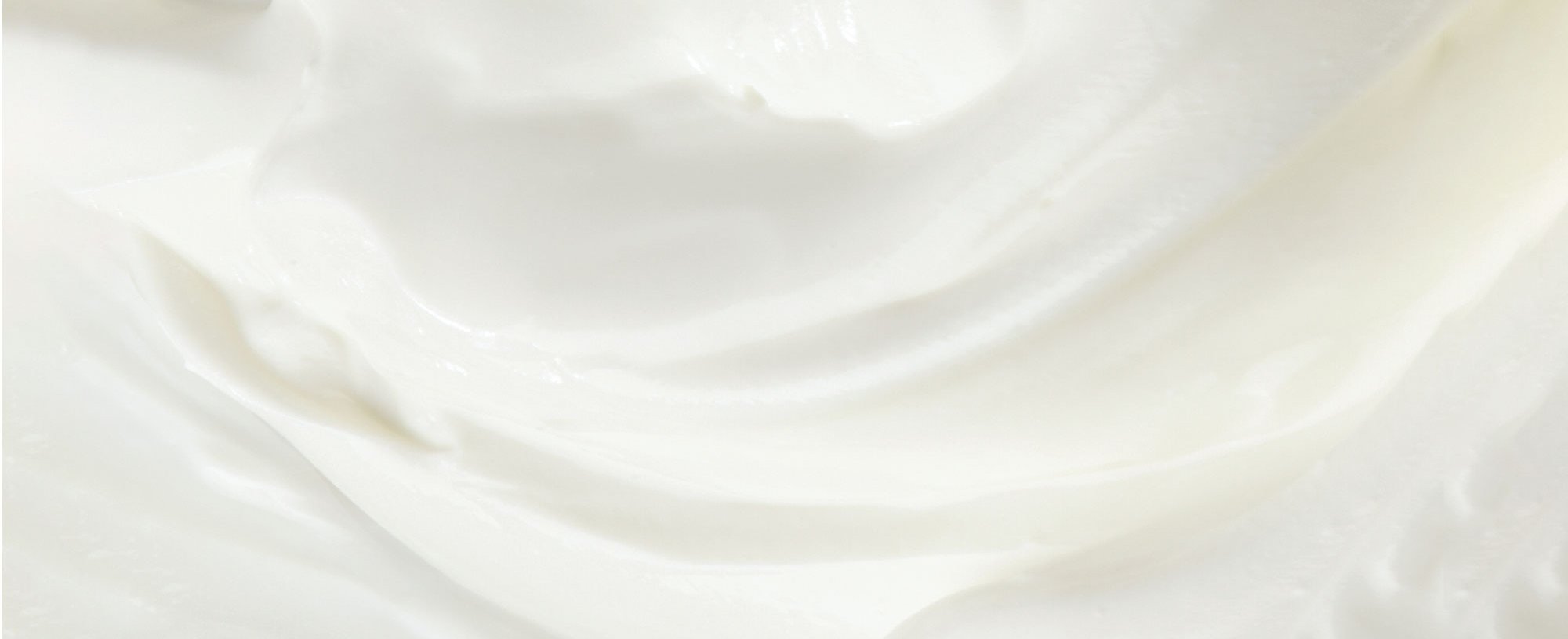After finishing a full face of makeup, there are few things worse than walking outside, looking in a mirror, and realizing the horror that is oxidized foundation. Yikes! Color changing foundation that results in a harsh line of demarcation is no joke, especially after you’ve spent so much time perfecting your makeup look. Wondering how to fix (and prevent) this common makeup mishap? Keep reading to learn all about why foundation oxidizes and how you can avoid orange foundation to guarantee a flawless makeup look.
WHY DOES FOUNDATION OXIDIZE?
So, why does your foundation change color? There actually isn’t a singular answer. Foundation can oxidize for a number of reasons, everything from your skin type to your foundation to your skin care routine can play a part in it. If you notice your foundation changing color and turning orange not long after applying, it could be as simple as your foundation drying down and looking different than it does wet—that’s why it’s a good idea to swatch foundations in store (when possible) and then wait a few minutes before picking a shade. On the other hand, if your foundation looks the same from application to the end of the day but used to look different, it’s possible that the foundation oxidized in the bottle. Think of how apples turn brown after being exposed to oxygen, that’s similar to what can happen with foundation over time!
WHAT TO DO ABOUT OXIDIZED FOUNDATION
Now that you know what can cause color changing foundation, you’re likely wondering what you can do to prevent and fix oxidized foundation. The good news is, you don’t have to just accept fate and live out your life with orange face makeup. Phew! Below, we’re sharing seven makeup tips to help with oxidized foundation.
TIP #1: TAKE YOUR TIME
If you’re testing a new foundation or using one that you think may have started to oxidize and change colors, we recommend taking your time with application. If you rush through your whole routine, it will be too late to start over by the time you realize your face is orange. Instead, start your routine by applying your foundation, then give it a few minutes before following with concealer or face powder. This way, if your foundation has changed colors after you’ve given it a bit of time, you can opt to remove it without scrapping your whole makeup look.
Editor’s note: Worried this tip will slow down your routine? Don’t let it! Get to work on your eye makeup while you give your foundation some time and this shouldn’t be an issue.
TIP #2: CONSIDER THE LIGHTING
Next up? The lighting! After you’ve given your foundation the chance to oxidize, go to a window that has natural lighting and look at the difference in color between your face and neck. If you’ve ever started the day thinking your makeup looked amazing, only to step outside and realize your face is a bit of mess, you know that the best way to tell the true color of your foundation is to view it in natural lighting.
TIP #3: AND YOUR UNDERTONES
You can find a foundation that’s almost an exact match for your skin, but if the undertones aren’t quite right, you can end up looking as if your foundation has oxidized. For example, if you have cool undertones but use a foundation with warm undertones, you run the risk of looking as though you’re wearing orange foundation. Next time you’re shopping for a new foundation, don’t just take whether your skin is fair, medium, olive, or deep into consideration, make sure you’re looking for a foundation that matches your undertones, too. If you need a rec, the L’Oréal Paris True Match™ Super Blendable Makeup has shades in all three undertones (warm, cool, and neutral) ranging from fair to deep.
Editor’s note: Not sure what your undertones actually are? Here’s How to Determine Your Undertones for Perfect Makeup Application.
TIP #4: USE A CONCEALER WITH MATCHING UNDERTONES
Just like with your foundation, it’s important to use a concealer that matches your undertones—especially if you’re applying one to large areas of your face, such as when disguising under-eye bags. Otherwise, you run the risk of having mismatched concealer and foundation.
Speaking of concealer, if your foundation has oxidized and it’s too late to do anything about it, concealer may be able to help. Use a brightening concealer that matches your undertones to lighten up your look in a pinch.
TIP #5: APPLY A FACE POWDER
When your foundation doesn’t match your neck, it may be time to buy a new one—but what can you do in the meantime? With the help of some face powder, you can balance out the hue so it better matches your skin tone. If your foundation is a bit too dark, apply a face powder that’s a tad lighter than your skin tone, making sure to blend it down onto your neck, too.
TIP #6: DON’T SKIP YOUR NECK
Last but not least, if you notice you’re a victim of color changing foundation, make sure to blend and buff the foundation onto your neck to prevent any harsh lines of demarcation. This won’t permanently change the mismatch of shades, but it’ll help soften the look.







